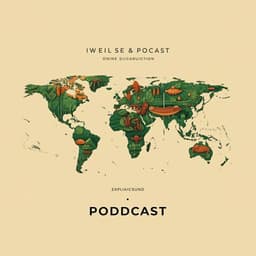
Interdisciplinary Studies
From MilkingBots to RoboDolphins: How AI changes human-animal relations and enables alienation towards animals
L. N. Bossert and M. Coeckelbergh
This insightful paper by Leonie N. Bossert and Mark Coeckelbergh delves into the transformative effects of artificial intelligence and robotics on human-animal relations. It uncovers the challenges of automation in agriculture and the ethical dilemmas posed by AI-driven replacements. Explore the moral implications and responsible AI practices concerning our interactions with animals.
Playback language: English
Related Publications
Explore these studies to deepen your understanding of the subject.







